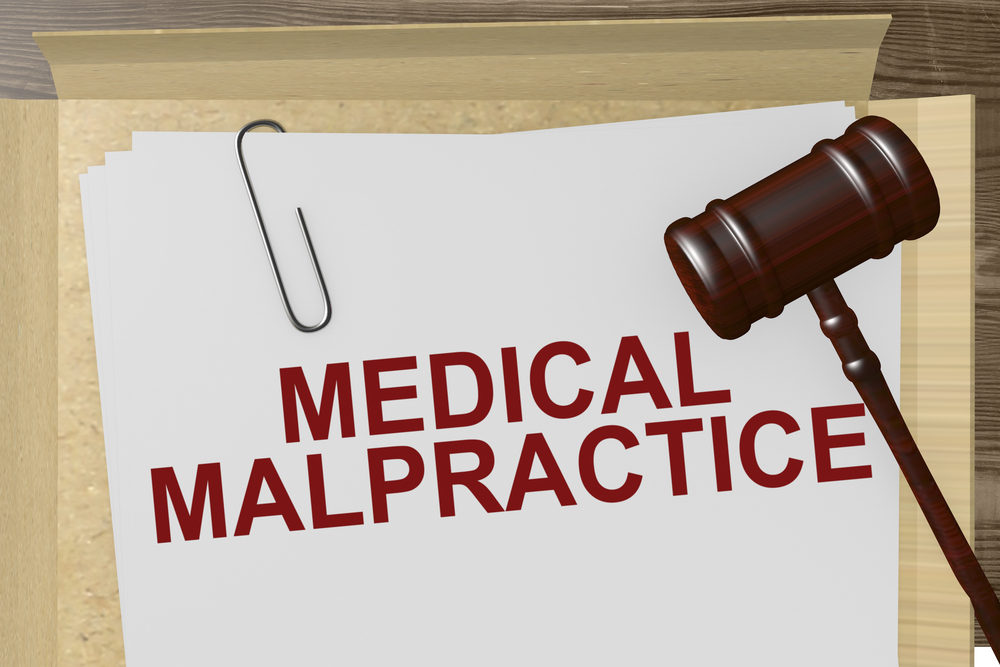Subsequent Negligence: Browne v. State Farm
A complicated situation arises when someone hurt by negligence becomes a victim of subsequent negligence. An example is a car accident victim who then experiences medical malpractice. I will discuss a Maryland case on this topic and then provide some practice tips for Maryland medical malpractice lawyers.
The Appellate Court of Maryland issued a published opinion in the case of Browne v. State Farm Mut. Auto. Ins. Co. on July 27, 2023. The Court dealt with the procedures for a lack of good faith claim by an insured against the insurance company. (Op. at 1). This post focuses on the Court’s guidance on subsequent negligent treatment. The case involved an automobile accident. Afterward, the at-fault driver fled the scene. (Id. at 2).

The plaintiff’s complaints included lower back pain. An MRI specifically revealed a Tarlov Cyst along the sacral nerve roots and a protruding disc at L4-L5. (Id. at 4). She subsequently had surgery to remove the cyst. (Id. at 5). The plaintiff submitted doctor testimony that the accident aggravated the cyst and necessitated the surgery. The insurer’s doctor opined that the cyst was unrelated to the accident. The doctor also concluded that the surgery made her injuries worse (Id. at 6).
The Court noted that its analysis involved two doctrines. One is the subsequent negligence doctrine. The other is the law requiring medical bills to be fair, reasonable, and necessary to be recoverable. The Browne case is the first reported case in Maryland discussing the interplay between these two. (Id. at 22).
Subsequent Negligence Doctrine
The subsequent negligence doctrine extends a tortfeasor’s liability for negligence that occurs after the tort. If the negligent actor is liable for another’s bodily injury, then he may be responsible for any additional physical harm. That liability occurs from normal efforts of third persons rendering aid, which the other’s injury reasonably requires. The liability is irrespective of whether such acts are proper or negligent. (Id.)
Principles of proximate causation constrain the extent of the liability. An actor’s negligent conduct is a legal cause of harm to another if:
(a) his conduct is a substantial factor in bringing about the harm and
(2) no rule of law relieves the actor from liability.
The question is whether the original tortfeasor should have foreseen the general harm. The issue is not the specific manifestation of that harm. (Id. at 23-24).
The original tortfeasor is released from liability only if the intervening negligent act or omission is considered a superseding cause. (Id. at 24). An original tortfeasor will remain liable. The exception is if it is unforeseeable that medical professionals would perform this type of medical negligent treatment. Another exception is if the kind of medical mistake is outside the realm of ordinary human fallibility. (Id. at 30). Specifically, examples of injuries beyond the scope of liability include:
(1) extraordinary misconduct by medical professionals;
(2) intentional torts committed by medical professionals against the victim;
(3) a victim’s elected treatment of an ailment known to be unrelated to the injuries caused by the negligent actor;
(4) treatment by a medical professional the victim was negligent in selecting
and (5) aggravation of the injury due to the victim’s negligence in treating her injuries. (Id. at 35).
The “Necessary” Requirement
The Court then turned to the rule that medical bills be fair, reasonable, and necessary. It examined the allocation of liability to an original tortfeasor when a doctor negligently provides subsequent medical treatment. (Id. at 40). In this context, “necessary” means “causally related” or “proximately resulted from” the original tort. A defendant may not avoid liability by arguing that the doctor only performed the treatment because of a negligent misdiagnosis. (Id. at 49).
The defense has the burden of showing that the subsequent medical provider’s negligence was a superseding cause. The defendant must show that the negligence was so extraordinary or unusual that it constituted a superseding cause. (Id. at 51)
The five factors discussed above apply to this analysis. The defendant must produce admissible evidence supporting these five assertions, tending to negate the causation element. In contrast, the ultimate burden of persuasion on that element remains with the plaintiff. The plaintiff must use expert testimony for any issue beyond layperson jurors’ general knowledge and comprehension. (Id. at 53-54).
Commentary By the Baltimore Medical Malpractice Lawyer
Practice Tips
When two different actors injure a client, it can become a tricky legal situation. First, there is the lawyer that the client may consult for the car accident case. The car accident lawyer should assess whether the car accident defendant may be responsible for the subsequent medical malpractice. If so, the car accident lawyer will consider the expert testimony needed to support that claim. Suppose the car accident lawyer settles the case. The lawyer then must be careful about the language in the release given to the person who caused the car accident. He must ensure that the persons responsible for the medical malpractice are not released. Using language that does not impair the medical malpractice claim is good practice. Specifically, add language preserving the claims against all potential medical malpractice defendants.
The Maryland medical malpractice lawyer also must exercise care. The lawyer must inquire whether there is any claim against the person who caused the car accident. The medical malpractice lawyer will certainly want to know whether such a case remains open. Also, the lawyer should question whether it includes a claim for medical malpractice injuries. Suppose the plaintiff has already settled the car accident claim. Then, the Maryland medical malpractice lawyer must examine the release to assess whether the plaintiff has preserved claims against the medical malpractice defendants.
Mark Kopec is a top-rated Baltimore medical malpractice lawyer. Contact us at 800-604-0704 to speak directly with Attorney Kopec in a free consultation. The Kopec Law Firm is in Baltimore and helps clients throughout Maryland and Washington, D.C. Thank you for reading the Baltimore Medical Malpractice Lawyer Blog.





